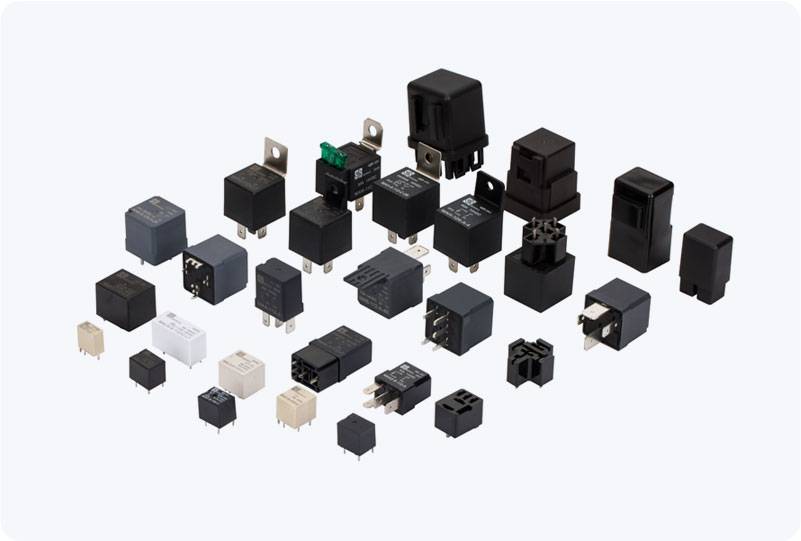Communication relay plays a vital role in ensuring seamless and effective information transfer across various platforms, whether in telecommunications, satellite systems, or computer networks. The concept of a relay in communication can be described as the process of transmitting data or signals from one point to another through an intermediate device or station, which acts as a bridge for the information to travel further. This mechanism has been pivotal in enhancing communication efficiency, enabling longer-range transmissions, and improving signal integrity. In this article, we will explore the different types of communication relays, their importance, and the role they play in modern communication systems.

The Concept of Communication Relay In its simplest form, a communication relay involves an intermediate step in the communication process. It essentially acts as a repeater, receiving a signal from the source and forwarding it toward the destination. This can be done in various forms, including wired, wireless, and satellite communication systems. The fundamental goal is to extend the reach of communication signals beyond the direct line of sight or over long distances, especially in areas with obstacles or interference. Communication relays are used extensively in both analog and digital communication systems. In analog systems, relays help amplify and transmit signals, ensuring that data doesn’t degrade over long distances. In digital systems, relays can regenerate signals to prevent data loss and distortion, thus maintaining the quality of the transmission.
Leave a Reply